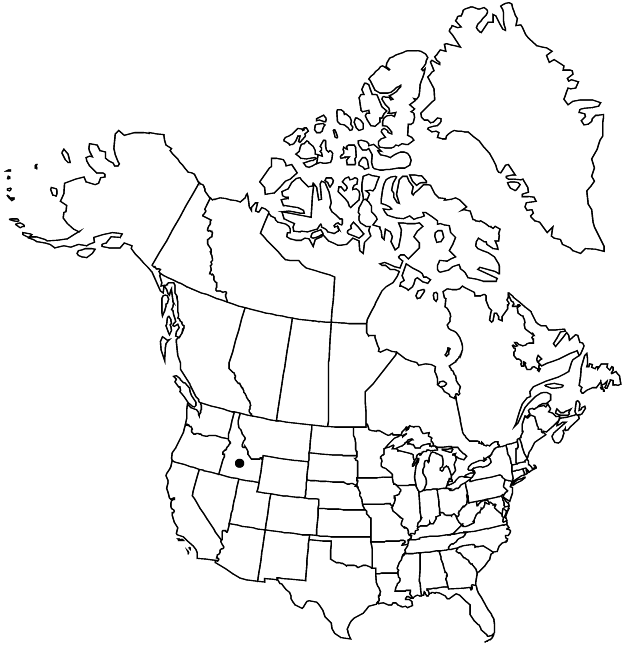Polygonum plebeium
Prodr., 420. 1810.
Plants bluish green, homophyllous. Stems prostrate, much-branched from base, not wiry, 10–40 cm, papillose-scabridulous. Leaves: ocrea 1-veined, 2.5–3 mm, proximal part cylindric, distal part laciniate; petiole 0–1 mm; blade bluish green, narrowly elliptic or oblanceolate, 5–16 × 1–4 mm, margins flat, apex obtuse or acute, papillose-scabridulous; stem leaves 1–1.5(–2) times longer than adjacent branch leaves, distal leaves overtopping flowers. Inflorescences axillary; cymes uniformly distributed, 3–6-flowered. Pedicels exserted from ocreae, 3–5 mm. Flowers closed; perianth 1–1.5 mm; tube 12–27% of perianth length; tepals overlapping, green with white or pink margins, petaloid, not keeled, elliptic, cucullate; midveins unbranched, thickened; stamens 5. Achenes enclosed in perianth, black-brown, broadly ovate, 2–3-gonous, 1.5–2 mm, faces subequal, apex not beaked, edges concave, shiny, smooth; late-season achenes common, 2–4 mm. 2n = 20.
Phenology: Flowering May–Oct.
Habitat: Disturbed sites
Elevation: 50-500 m
Distribution

Introduced; Idaho, e Africa, s Asia, Australia.
Discussion
Selected References
None.